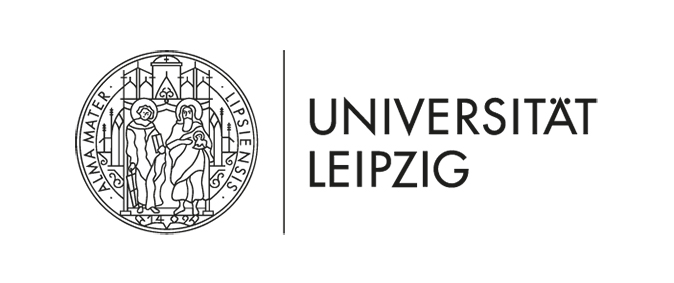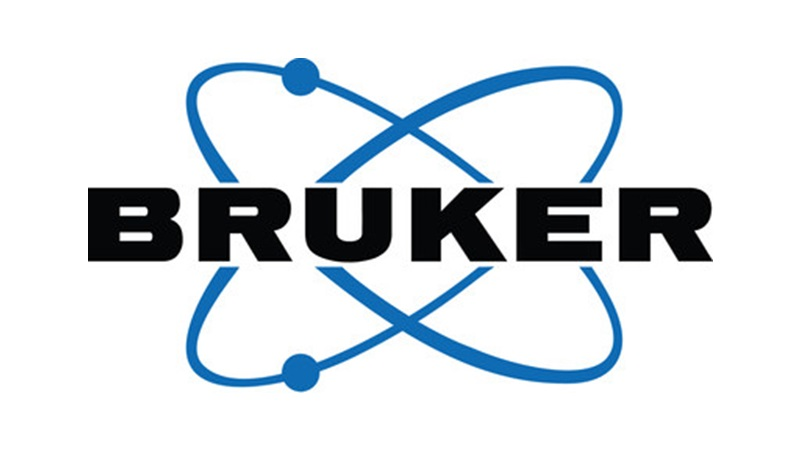|
14th Annual Symposium Physics of Cancer Leipzig, Germany Oct. 4 - 6, 2023 |
PoC - Physics of Cancer - Annual Symposium | |||||||||||||||
|
|
Poster
Analysis of biomechanical properties of healthy and cancerous prostate cells under normoxic and hypoxic growth conditions
Contact: | Website
Prostate cancer is the most common cancer among men, which is why early detection and more efficient therapy always play a major role in cancer research. The typical microtumor environment exhibits physiological hypoxia, which results in changes in the expression of markers in extracellular vesicles and intracellular structures such as actin and the elasticity of cells increases with the metastatic potential. For this reason, the aim of this work is to study the structural and biomechanical changes of prostate cells under normoxic and hypoxic conditions. Three cell lines representing healthy prostate cells (PNT1A) as well as tumor (PC3) and metastasis (LNCaP) cells were used for this purpose. Real-time deformation cytometry (RT-DC) was used to analyse the structural and biomechanical properties of the cells. The results showed that metastatic cells have increased deformability compared to healthy cells. Furthermore, cells cultivated in hypoxic conditions (~0.5% O2) also displayed a higher deformability than their respective counterparts in normoxic conditions (~16% O2). The expression of surface proteins CD9 and EphA2 as well as mitochondrial activity were examined using fluorophore-conjugated antibodies and fluorescent dyes, respectively. The expression of CD9, which is involved in functions such as cell adhesion, migration and exosome secretion, was raised in hypoxic conditions for the healthy and tumor cells but lowered in the cells derived from distant metastasis. EphA2, which is specific for tumor cells, was found to be raised in hypoxic conditions. The results suggested that hypoxia may enhance factors contributing to cellular invasiveness and metastasis. The RT-DC has the potential to expand the understanding of tumour biology and the impact of the tumor microenvironment on cell biomechanics.
|









